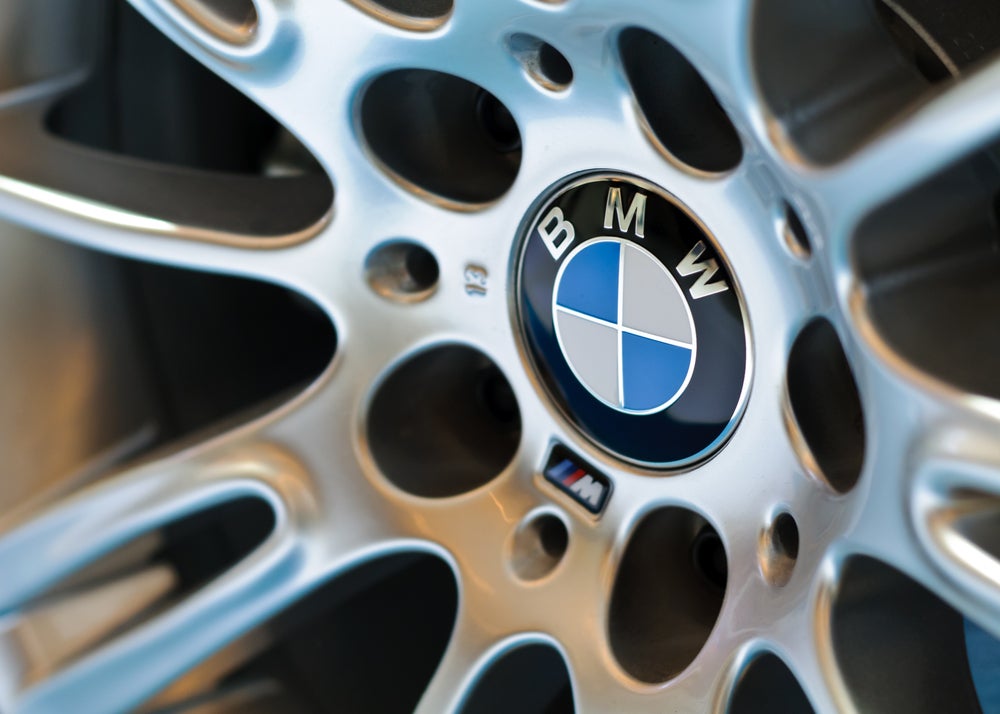Steve Edwards looks at how
to manage the systems side of fleet M&A.
Over the history of the fleet industry,
stories abound of mergers and acquisitions (M&A): some a
complete failure, others relatively successful, all with an element
of uncertainty and a high price tag.
Ever since we moved away from being a
service-oriented, privately-owned industry, and became bank- and
finance house-led, the demand for ever-increasing fleet numbers,
economies of scale and business synergies, coupled with a
decreasing return on investment for our shareholders on individual
deals, has led to an increase in M&A activity.
The focus in the boardroom is often on the next
target for acquisition, and the re-aligned synergies that it will
bring to our business. Customers are bought and sold almost as
commodities, and good staff with in-depth knowledge are too often
lost to the industry.
Customers generally tend to be either
price-oriented, service-oriented, or people-oriented. Sadly, more
and more are being driven to focus only on price, at the expense of
a good level of service, without understanding that often good
service at a slightly higher price will result in lower overall
fleet costs for their business.
That said, the local delivery of service is
important, with drivers and fleet managers feeling the brunt of the
changes as businesses come together.
How well do you really know your competitors?
Access the most comprehensive Company Profiles on the market, powered by GlobalData. Save hours of research. Gain competitive edge.

Thank you!
Your download email will arrive shortly
Not ready to buy yet? Download a free sample
We are confident about the unique quality of our Company Profiles. However, we want you to make the most beneficial decision for your business, so we offer a free sample that you can download by submitting the below form
By GlobalDataTo upset the equilibrium enjoyed by a customer is
always a risk, especially where people are concerned, and the
effect of new email addresses and new voices at the end of the
phone is often enough to drive a wedge between the acquiring
business and its acquired customers.
The ‘no change’ illusion
Many a time I have read M&A
communication from the boardroom saying there will be no change for
existing customers – it will be “business as usual”. It never is!
In fact it cannot be.
At the very least, existing and retained staff are
refocused to deliver the synergies; reliable staff leave; knowledge
is lost; systems and processes change.
As the focus of people, technology and business
process moves to creating the new company, existing customers from
both acquiring and acquired business are left wondering how it will
end, and contemplating their next move.
The fleet business is such a mature one that there
is rarely anything new that a merger or acquisition will bring to
the customer, simply a difference that will suit some, and hinder
others – but always provided by less staff overall, as synergy
savings are part of the reason to undertake M&A activity in the
first place.
Staff issues
Staff are our single biggest business
overhead, and therefore, by definition, the area that will provide
the most synergies. But staff are people. In these enlightened days
of “human resources”, which has a line on the P&L statement
just above “technical resources”, this can easily be forgotten.
Staff care for the organisation they are working
for, they care about the customers, they care about the success of
their business, and many will put in a lot of effort to create the
merged company, working long and hard to achieve the boardroom and
shareholder directive that led to the merger or acquisition in the
first place.
After the “exciting” announcement is made, all
staff immediately feel the chill.
They know that when the dust has settled, there
will be fewer of them for the same amount of work. Rumours are
rife. Staff are jittery, and we imagine that customers do not feel
that effect?
Too many read the papers where the football
chairman has “total faith in his manager”, but next day the manager
is replaced. If nothing else, everyone understands that the board
cannot declare its hand, and has to show support for all staff,
while working on the lists of those who will go.
This will be across the acquired and acquiring
business. Everyone will be trying to find out who their opposite
number is, and trying to second-guess the exit strategy.
While they spend their time musing on that, and
concerning themselves with the future, they are becoming disengaged
from the present, and less concerned about the ongoing daily needs
and requirements of running their corner of the business.
Technology: bottom of the
list?
In an M&A environment, matters will
not proceed quite as smooth as they ought if you do not have good
technical representation at the top, with an in-depth understanding
of how operations, sales, and customer needs will be satisfied
through this business change.
Technology steers the business process, and having
a vision of what the end result looks like requires the technical
head to be more than simply an IT manager from an unrelated
industry.
Over recent years, the fleet industry as a whole
has embraced technology with open arms – it has revolutionised our
thinking, product offering, service delivery and customer
retention.
Technology solutions continue to be the lifeblood
of fleet organisations. Within the M&A environment, those that
lead that technology revolution need to be leading the business
process and change merger.
This technical leader needs to gain a thorough
understanding of both companies’ technology, and how they harness
it. Every system these days is so diverse, no one company can
declare the same usage as another, even though they may sit on the
same overall platform.
On the top line, customer agreements can look very
similar, but scratch the surface and the differences come out as
obstacles to a clean merger, and can turn a simple solution into a
show-stopping problem.
A technical person will concentrate on data – but
that alone can cause a big failure in the overall merger, if the
data are not bound within a process that has always been delivered
to the customer.
Data alone will not save the day; methodology,
customer delivery, and product service, coupled with accurate and
manageable data loading are needed, but it takes a lot of time and
energy to deliver them all. A big commitment from already busy
staff is needed, which will inevitably detract from the everyday
job of ensuring your business is ahead of the market.
The bottom line is that, as a shareholder in a
fleet and leasing business, an acquisition is a huge attraction,
since it allows companies to write off a lot of costs, create
synergies, and ultimately make more money for shareholders.
But the question ‘Will I be able to service my
staff and customers better as a result?’ is asked all too
rarely.
At the very best, a merger or acquisition is
distracting; at the very worst it is disastrous. That is not to say
do not go ahead with a merger or acquisition – but to make sure
that customers, suppliers and staff all understand the motives
behind them.
The author is director of Keyworth
Business Solutions







